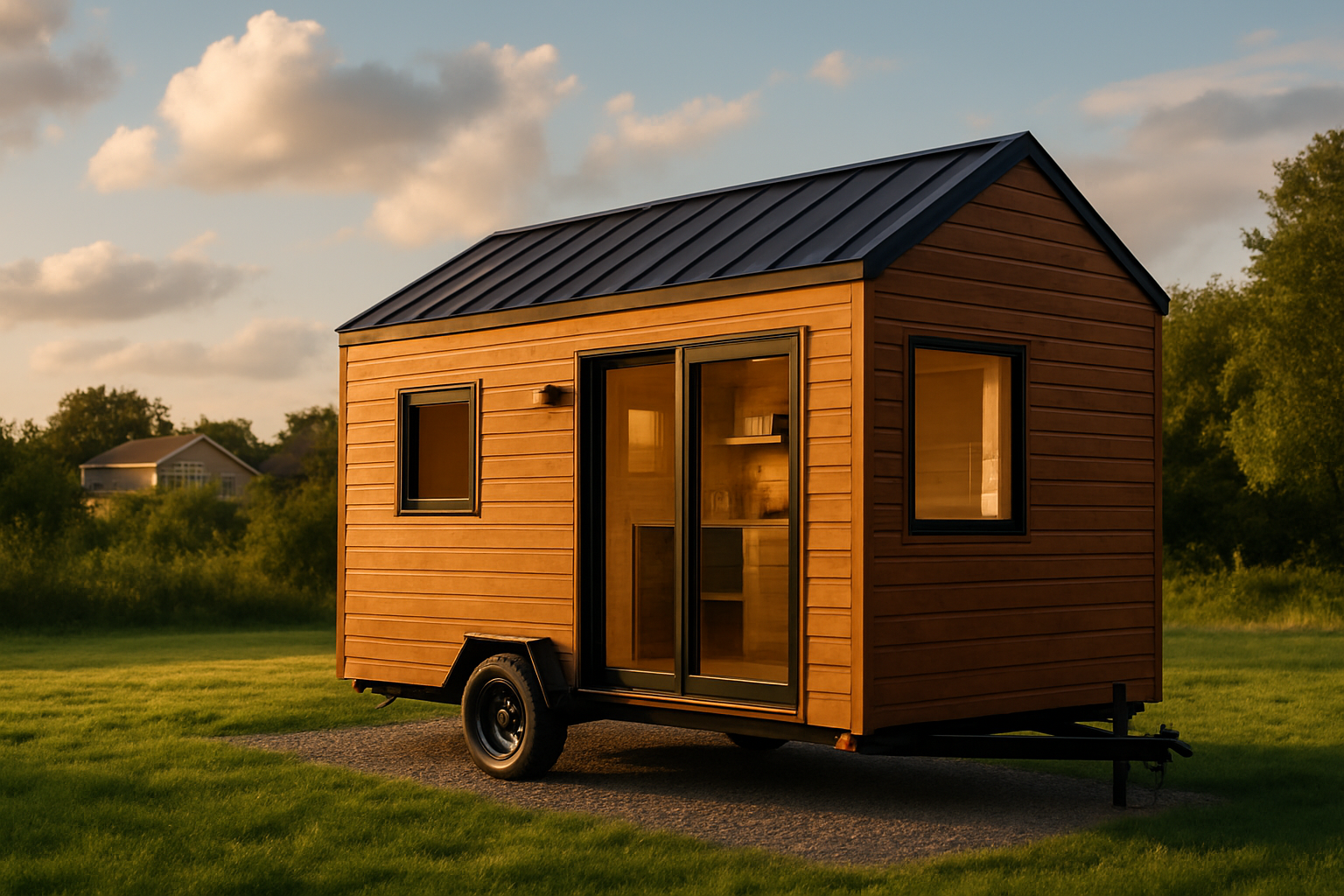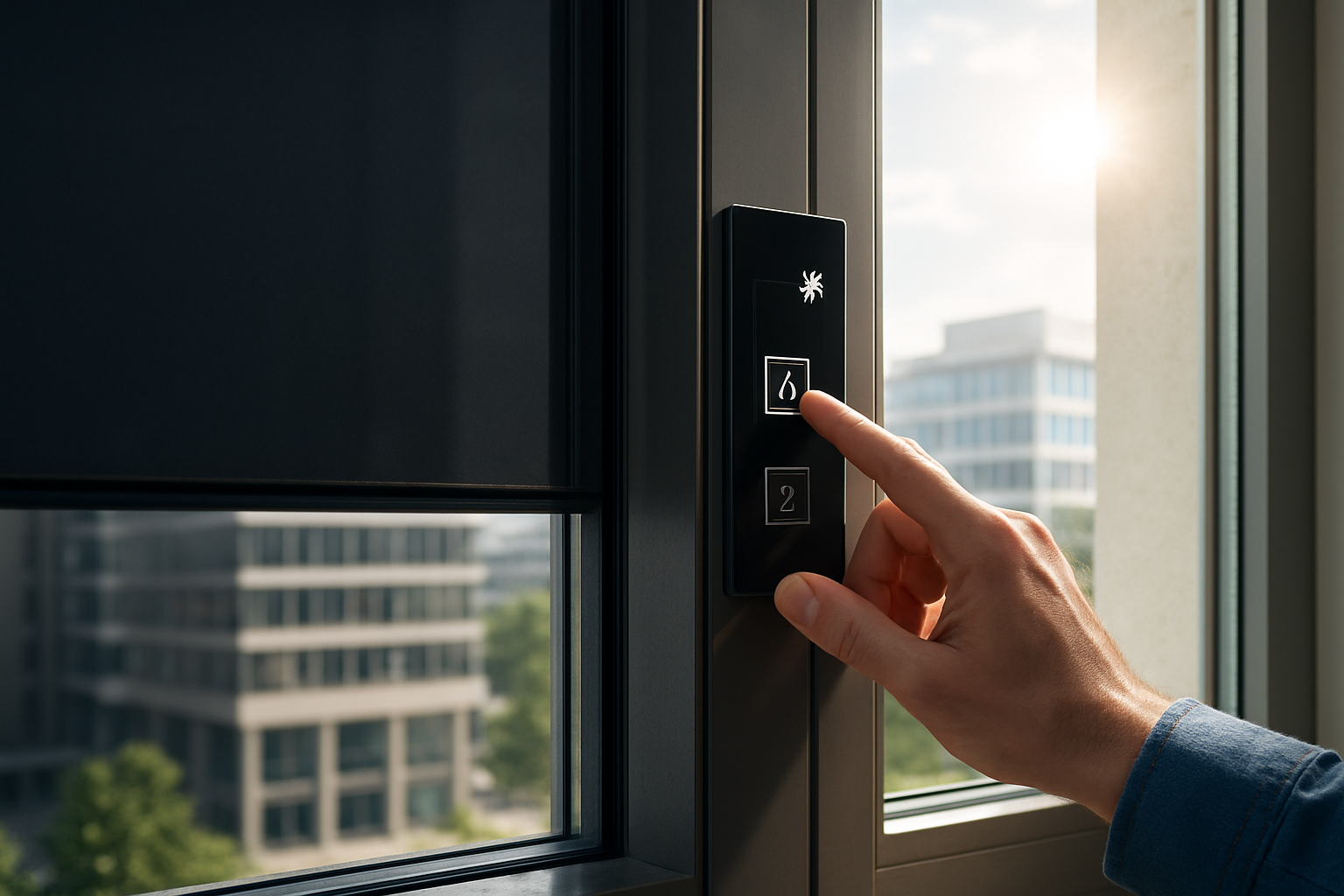The Emergence of Tiny Homes as a Real Estate Trend
Introduction: In the ever-evolving world of real estate, there's always something new on the horizon. One of the latest trends to capture attention is the rise of tiny homes. Compact, efficient, and often portable, these diminutive dwellings are reshaping the way we think about housing. In this article, we'll delve into the tiny house movement, its origins, its current market trends, and its potential impact on the real estate landscape.

A Brief History of Tiny Homes
The concept of tiny homes is not a new one. For centuries, people around the world have lived in small, compact dwellings out of necessity or by choice. However, the modern tiny house movement, characterized by the construction of homes typically under 500 square feet, began to gain traction in the early 2000s. This was fueled by a growing desire for a simpler, more sustainable lifestyle, coupled with rising housing costs and an increased awareness of environmental issues.
Current Market Trends in Tiny Homes
The tiny house trend has been gaining momentum in recent years, with an increasing number of people opting for a minimalist lifestyle that prioritizes experiences over possessions. This shift is reflected in the real estate market, where demand for tiny homes has steadily increased. The tiny house market is projected to grow at a rate of 6.99% annually from 2021 to 2026. This growth is driven by factors such as affordability, simplicity, and a desire for a more eco-friendly way of life.
Advantages of Tiny Homes
The advantages of tiny homes are many. They are typically more affordable than traditional homes, making homeownership a possibility for people who might otherwise be priced out of the market. Their small size also means they require less energy to heat and cool, reducing their environmental impact. Additionally, many tiny homes are designed to be mobile, offering a level of flexibility that traditional homes do not.
Challenges of Tiny Homes
However, tiny homes also come with a set of challenges. Zoning laws and building codes often do not account for their small size, making it difficult to find a legal place to put them. Financing can also be a challenge, as many banks are hesitant to offer loans for non-traditional homes. And living in such a small space requires a level of minimalism and organization that may not be feasible for everyone.
Impact on the Real Estate Landscape
Despite these challenges, the tiny house trend is reshaping the real estate landscape. It’s challenging traditional notions of what a home should look like and how much space we really need to live. As more people turn to tiny homes, we may start to see changes in zoning laws and building codes to accommodate them. Additionally, the tiny house movement could influence the design and construction of traditional homes, leading to more efficient and sustainable housing options in the future.
In conclusion, the tiny house movement is more than just a trend—it’s a reflection of changing attitudes towards housing, consumption, and the environment. As this movement continues to grow, it will inevitably continue to impact and shape the real estate market in fascinating ways.





